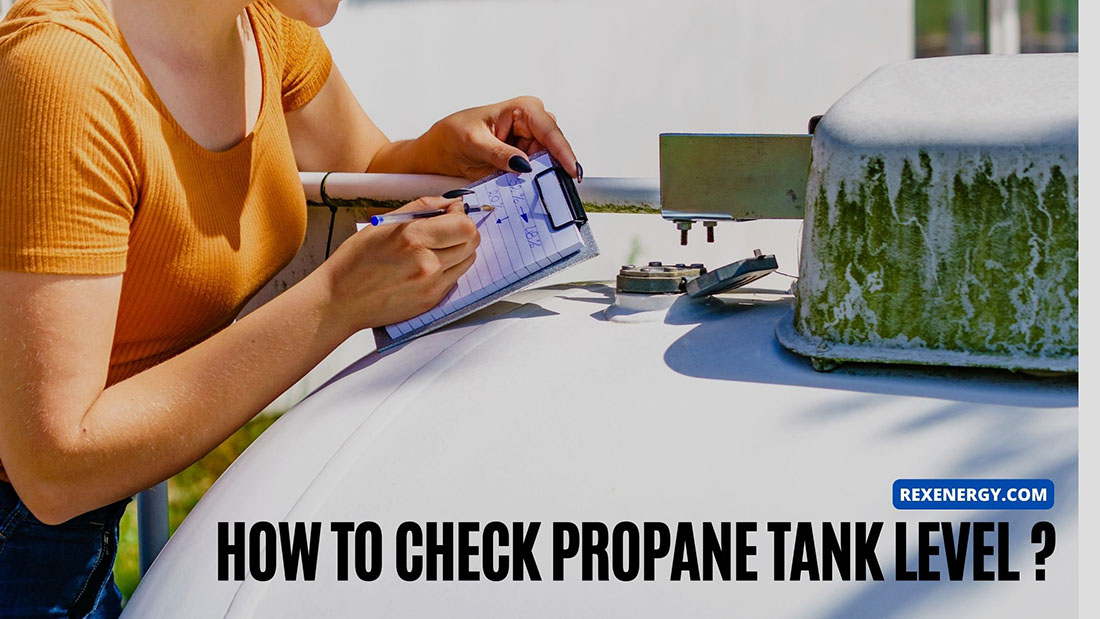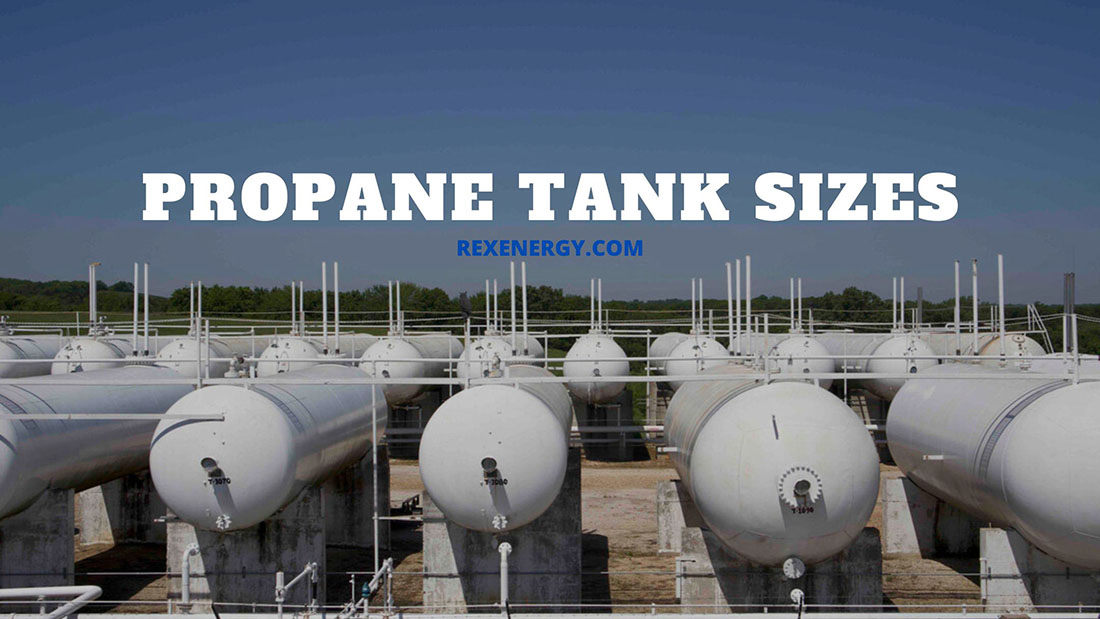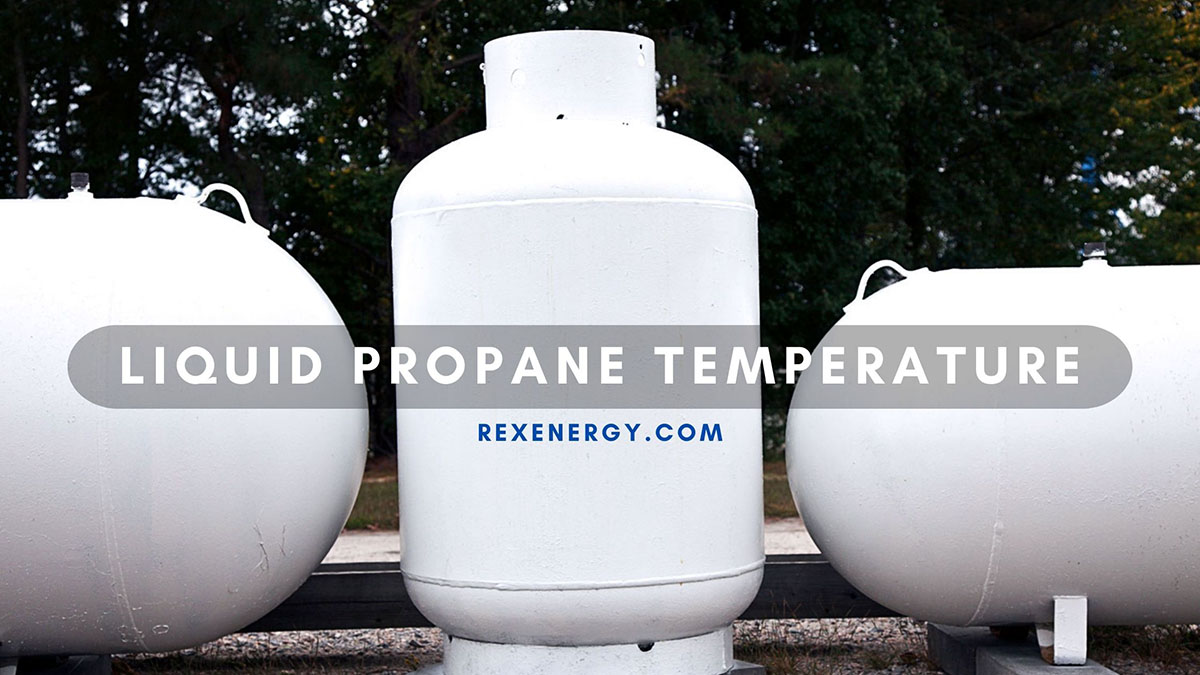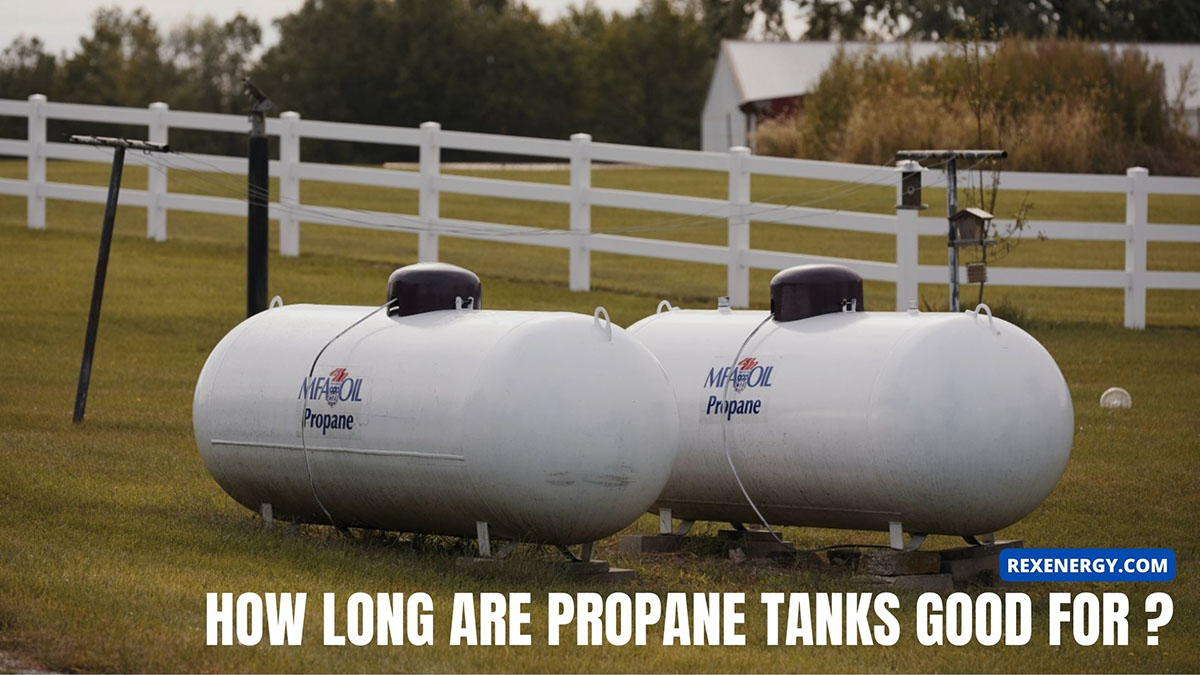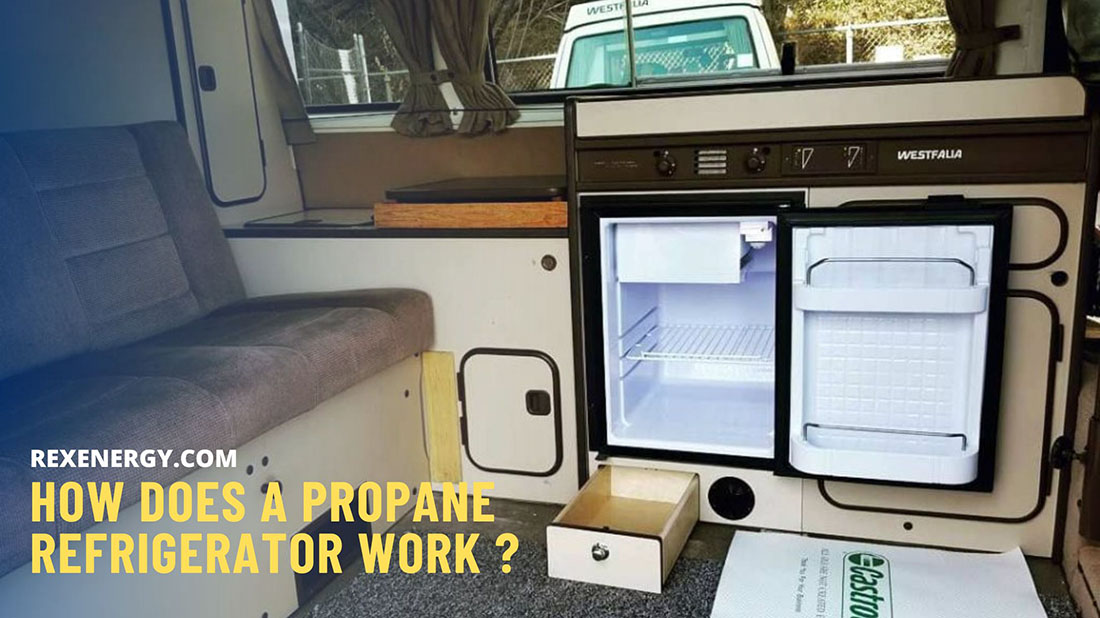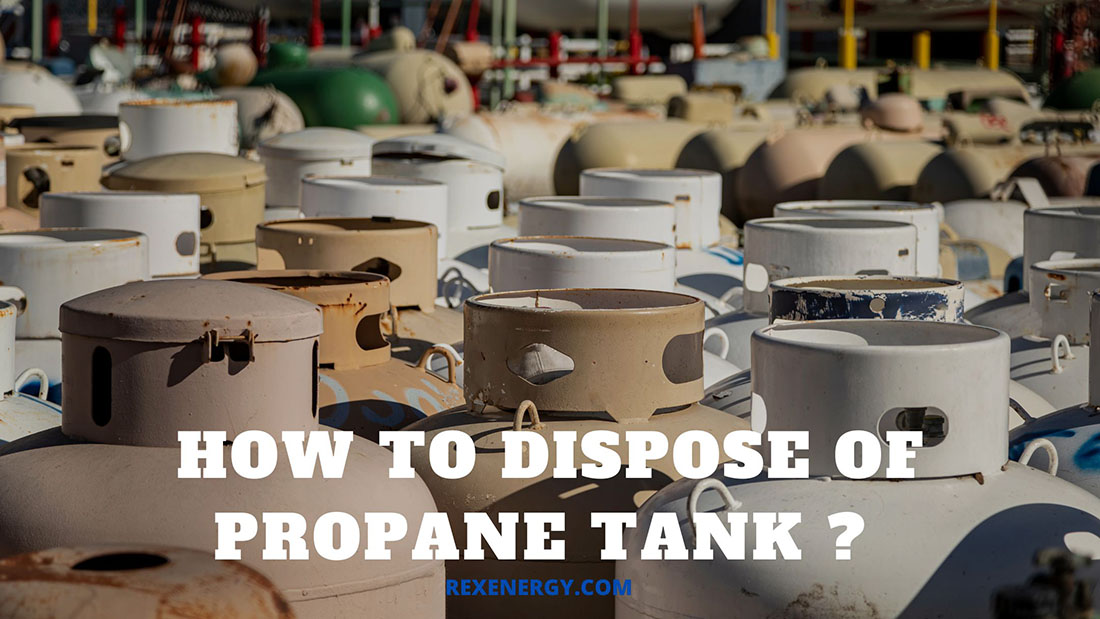Propane is the lifeblood of numerous heating and cooking appliances. So, running low on propane for an extended time will disrupt these devices’ operations and even lead to unwanted danger.
Therefore, keeping tabs on the propane level most of the time is a must. Let us introduce 4 different methods on how to measure propane tank levels.
How to Check Propane Tank Level? Four Methods
You can compare the tank’s current and initial weight (when 100% full) or pour hot water over the tank and keep sliding your fingers down until they touch the cool spot. And if you use propane tanks for gas grills, we suggest calculating the total cooking time at the highest settings. Buying a gauge is another great idea; some tanks even come with them pre-installed.
Method 1. Warm Water & Cool Hands
This method relies on the scientific properties of propane to gauge the tank level more accurately.
Step 1. Pour warm water or liquid over the tank.
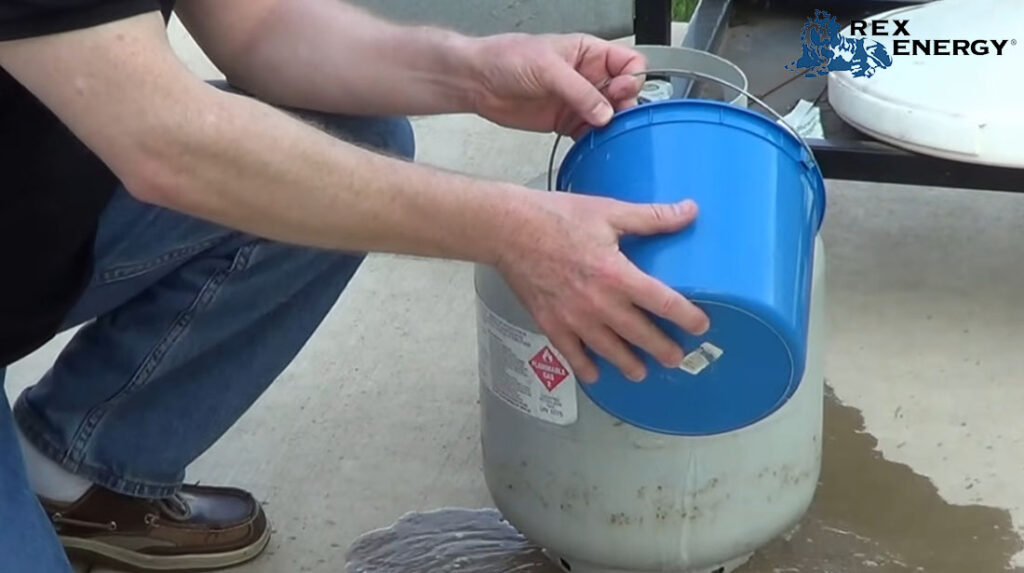
Step 2. Run your fingers along the tank’s side, paying attention to its temperature. The closer you approach the propane, the cooler the tank will feel. Once it finally cools down to the maximum, stop there; that’s where your propane level is.
Let’s look at some examples:
- If your hand feels cool after you have been halfway down, the tank is half full.
- A cold sensation near the tank top means the propane is almost 100% full.
In short, anywhere your touch feels cool indicates the current propane level.
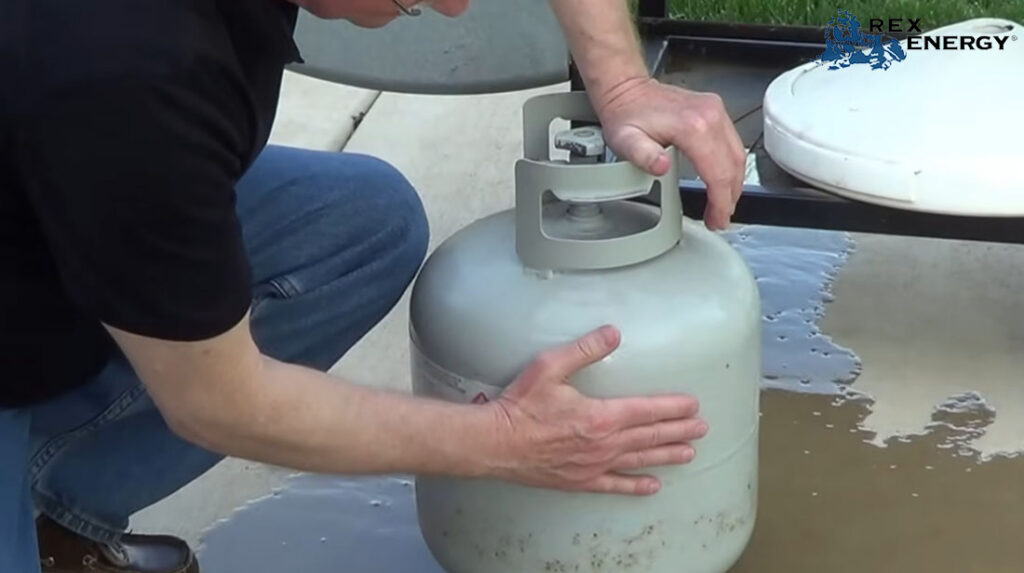
Note: While this method may not always be precise (especially for large tanks), it usually works quite well with smaller ones.
Method 2. Use A Pressure Gauge
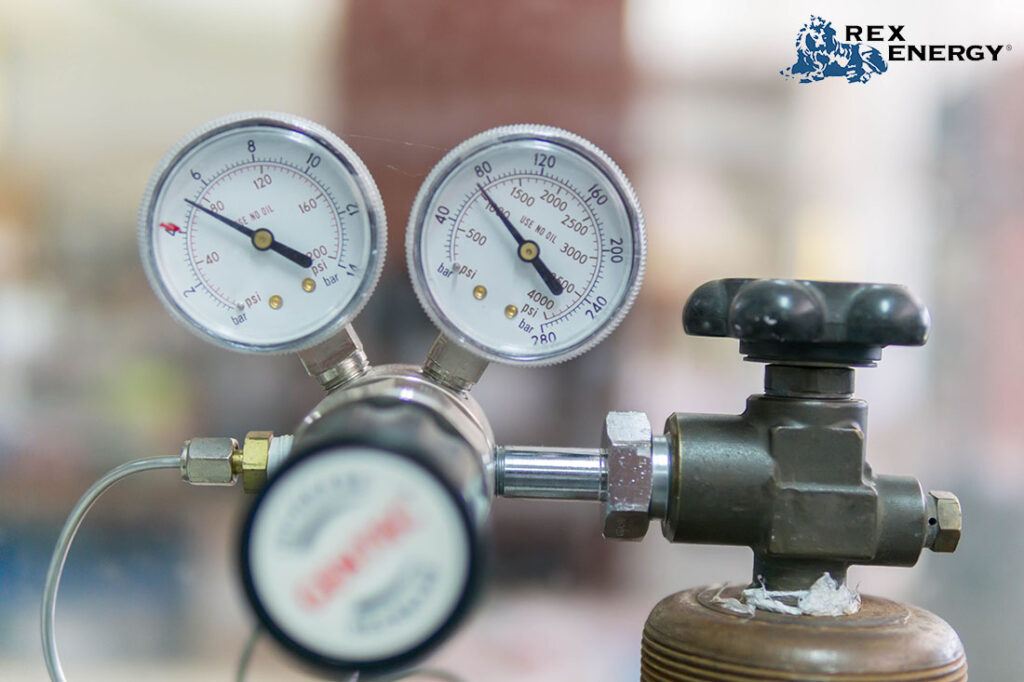
Using gauges is one of the easiest ways to tell how much propane is in a tank.
Most of the time, portable propane cylinders already have these gauges installed, using the tank’s internal pressure to determine the current propane amount. The readings will be shown in percentages (e.g., 30%, 100%).
But what if your propane tank does not have any gauge? Just purchase one at a local store, then connect it near the tank nozzle to read the current percentage of propane inside the tank.
Method 3. Tip The Scale
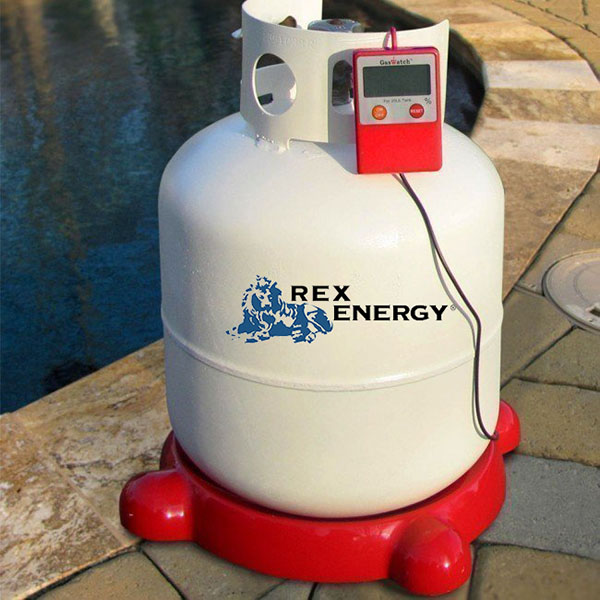
Despite its liquid form, we can actually measure propane in pounds. That’s why you can turn to a scale to find its weight.
Step 1. First, weigh your tank when the propane is 100% full, then note the number.
Step 2. Most tanks include a “tare weight” measurement on their sides, indicating how much the tank weighs when totally empty. Note down this number as well.
Step 3. Measure the current weight of the tank.
Step 4. Now that you know the tank’s weight at the moment and when it’s 100% full and 100% empty, it is quite easy to use either of these numbers (or even both) to determine how much propane is left.
Suppose your tank is 20 lbs when full and reduces to 15 lbs after a while; that means you have used ¼ of the tank and now have ¾ left.
Note: This method only works with small tanks for portable outdoor appliances, gas grills, etc. Using it for a huge 450lb residential tank is out of the question.
Method 4. Calculate The Cooking Time
Another method suitable for small tanks (specifically those used for gas grills or camping appliances) is simple, basic math.
Step 1. Confirm the tank’s full propane capacity in gallons. If it’s measured in pounds, divide the number by 4.2.
Step 2. Determine the maximum BTUs your gas grill consumes every hour (at its peak setting).
So, let’s say you have a small, 20-lb tank:
- It can hold 20 pounds of propane at full capacity, translating to 20: 4.2 = 4.76 gallons.
- Propane produces 91,452 BTUs per gallon, meaning your 20-lb tank can generate 91,452 x 4.76 ~ 435,000 BTUs.
Step 3. Calculate how much time the gas grill needs.
Say, the gas grill is at approximately 30,000 BTUs an hour at peak setting. Divide 435,000 by 30,000, and you will get 14.5; your grill can work for about 14 – 15 hours on end at the highest setting before the propane tank runs out.
From there, assess your cooking setting to confirm how long your propane can fuel the grill. For instance, if you choose the medium-high setting, multiply 14.5 hours by 2.
To What Level Should The Propane Tank Be Filled? The 80% Rule
Experts suggest the 80% rule for propane tanks, meaning you should not fill the tank at over 80% of its total capacity.
And why is that? As a petroleum, liquified gas, propane expands in warmer temperatures and contracts when colder. That’s why the remaining 20% of the tank’s volume should be left to accommodate that expansion, reducing the risks of overpressurization and other hazards like fires, tank rupture, and gas leakage.
On colder days or during harsh winter, you can fill the tank to a higher level than that. But we still suggest you play it safe, just in case.
What Are The Signs of Low Propane Level?
- Light Tank: Does your tank feel much lighter than the last time it was filled? Consider a refill.
- Low Gauge Readings: As mentioned, some tanks come with gauges. Check their readings; refills are a must if the readings are approaching 20%.
- Sputtering Flames: Sputtering or low flames during usage indicate the tank is currently running low on fuel.
- The Grill Doesn’t Light. If you cannot light the grill, its tank is likely empty and requires refilling.
- Time. Refills are required every 2-3 months. If it has been too long already since the last time you filled it, schedule a propane delivery immediately.
Conclusion
Our team has provided four reliable methods to tell how full a propane tank is. Note that most of them apply to smaller tanks and portable propane appliances; using them on large residential tanks is unlikely to work. You should also check for other signs of low propane levels, such as the tank’s lightweights, weak flames, low readings on the propane gauge, etc.

